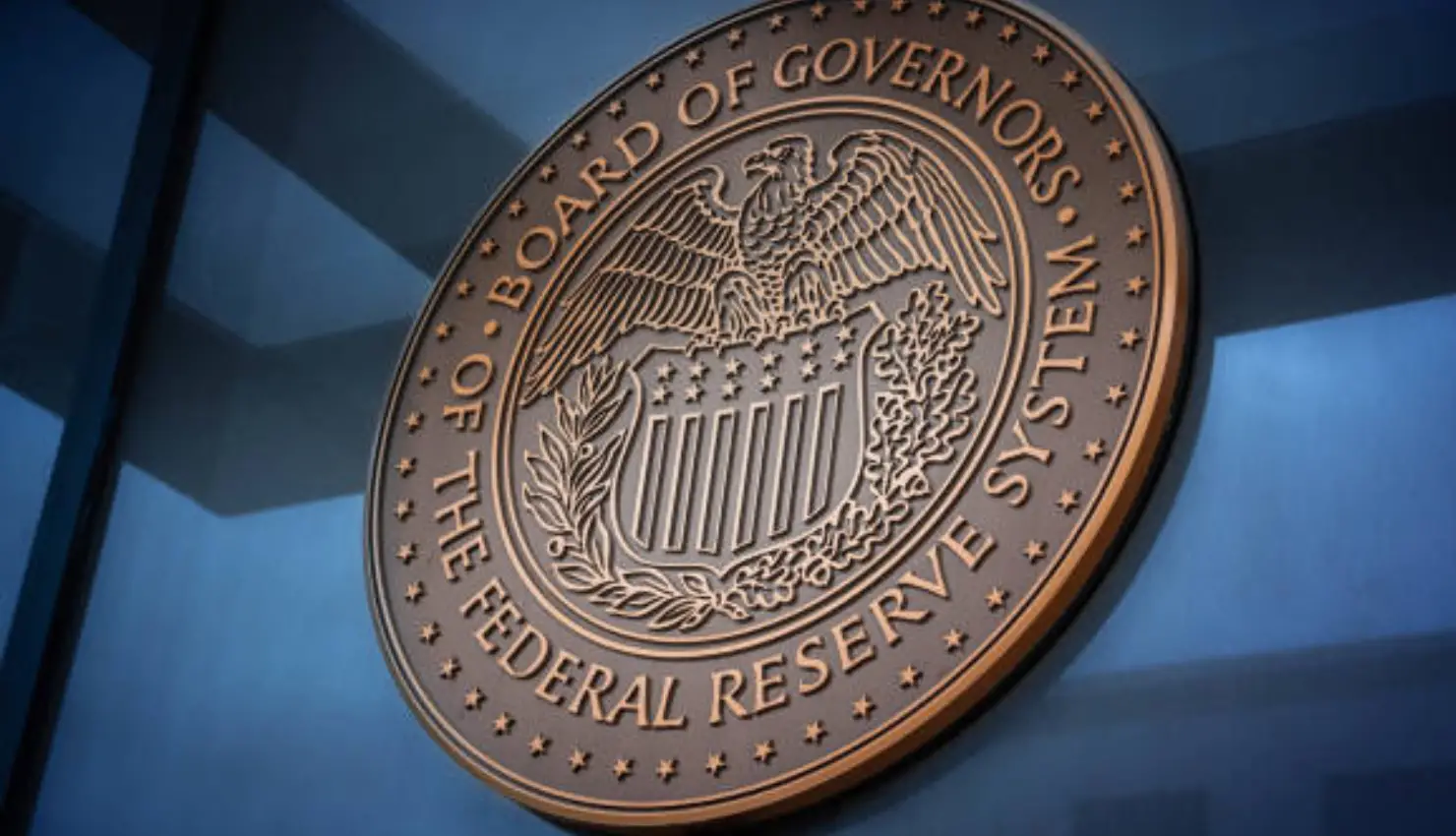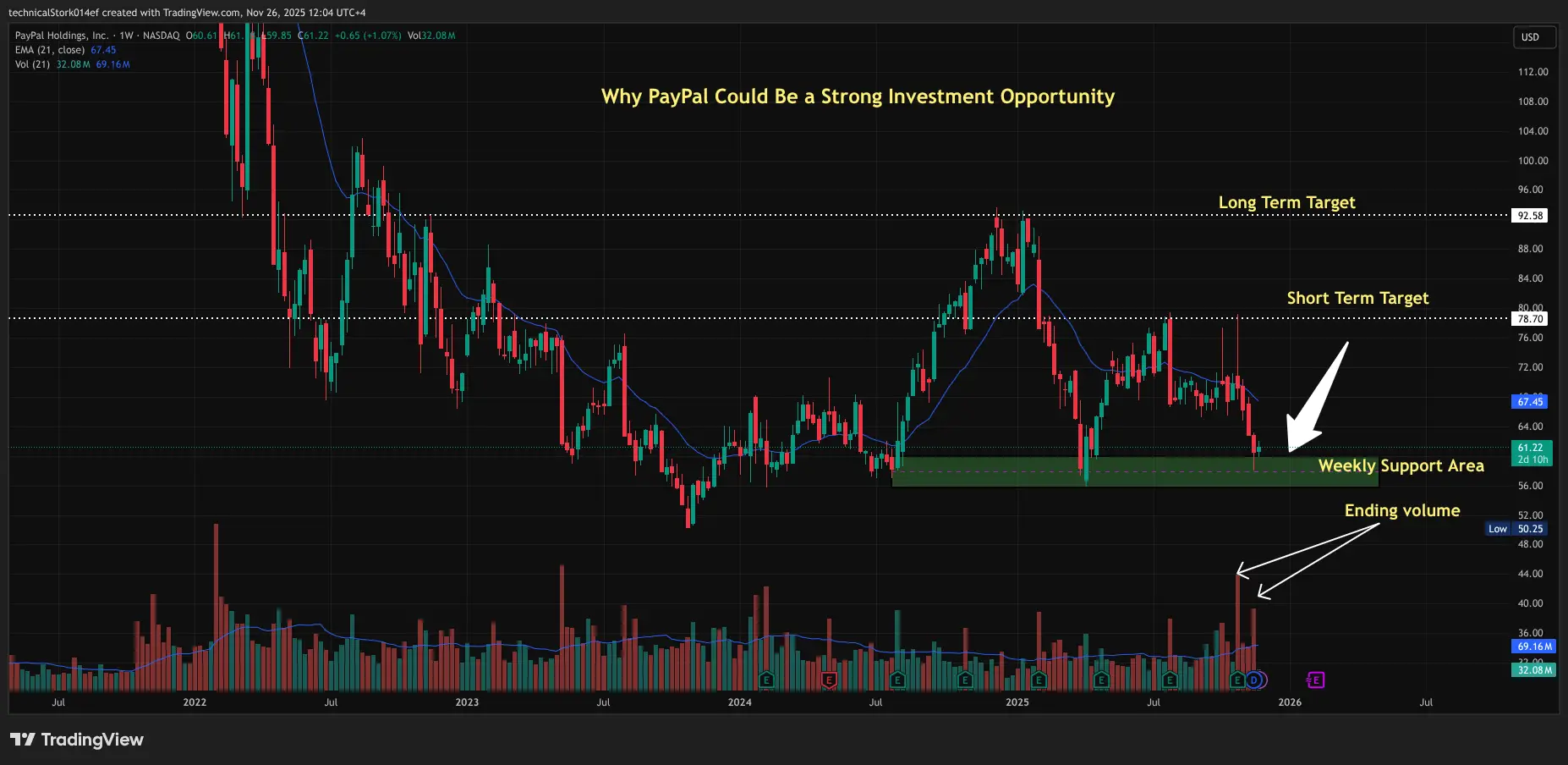Fed minutes reveal split over October rate cut, raising doubts about December

Published on November 20, 2025

Published on November 20, 2025
Federal Reserve officials were sharply divided at their October meeting over the rationale for cutting interest rates, disagreeing on whether slowing labor market conditions or persistent inflation posed the greater risk, according to minutes released Wednesday.
Although the Federal Open Market Committee ultimately approved a quarter-point cut, the minutes show growing uncertainty about the path ahead. Officials were split over the likelihood of another reduction in December — a move markets had largely expected — with “many” policymakers signaling that no further cuts may be needed through 2025.
“Several” participants said another cut could be appropriate in December if economic data evolved as expected, but “many” suggested keeping rates unchanged for the rest of the year. In Fed terminology, “many” outweighs “several,” indicating a lean against a December move. However, the minutes do not clarify how voting members specifically feel.
The sentiment aligns with Fed Chair Jerome Powell’s recent comments that a December cut is not a “foregone conclusion.” Prior to his remarks, traders had been pricing in an almost certain reduction at the Dec. 9–10 meeting. By Wednesday, those odds had fallen to roughly one-third, according to CME FedWatch. Market pricing currently gives about a 66% chance of a January cut.
The minutes noted that while “most participants” still expect additional cuts ahead, they may not come as early as December. The committee’s 10-2 vote belied the depth of disagreement, unusual for an institution that typically moves in unison.
Officials debated how restrictive current policy really is. Some argued that even with the October cut, rates remain tight enough to slow growth. Others pointed to economic resilience as evidence that policy is not restrictive and that more cuts could jeopardize progress on inflation.
The committee appears split into several camps: doves — including Governors Stephen Miran, Christopher Waller and Michelle Bowman — focused on supporting the labor market; hawks — such as Kansas City Fed President Jeffrey Schmid, Boston’s Susan Collins and St. Louis’ Alberto Musalem — warning that additional cuts could delay a return to the 2% inflation target; and moderates like Powell, Vice Chair Philip Jefferson and New York Fed President John Williams, who argue for patience.
One participant, identified as Miran, favored a larger half-point cut. Schmid dissented, preferring no cut at all.
Complicating the October decision was a lack of government data during the 44-day federal shutdown, which delayed key reports on inflation and employment. Powell likened the situation to “driving in the fog,” though Waller later pushed back, saying the Fed had adequate information to guide policy.
The minutes also revealed broad support for ending the runoff of Treasury and mortgage-backed securities in December, effectively pausing quantitative tightening after reducing the balance sheet by more than $2.5 trillion

TECHNICAL REASONS 1. Price Sitting on a Major Long-Term Support Zone ($60–$62) Your chart shows PYPL retestin...

The Dow Jones Industrial Average closed higher on Tuesday, extending its recent winning streak as investors weighed t...

Gold climbed toward $4,150 per ounce on Wednesday, nearing a two-week high after delayed U.S. economic data boosted e...